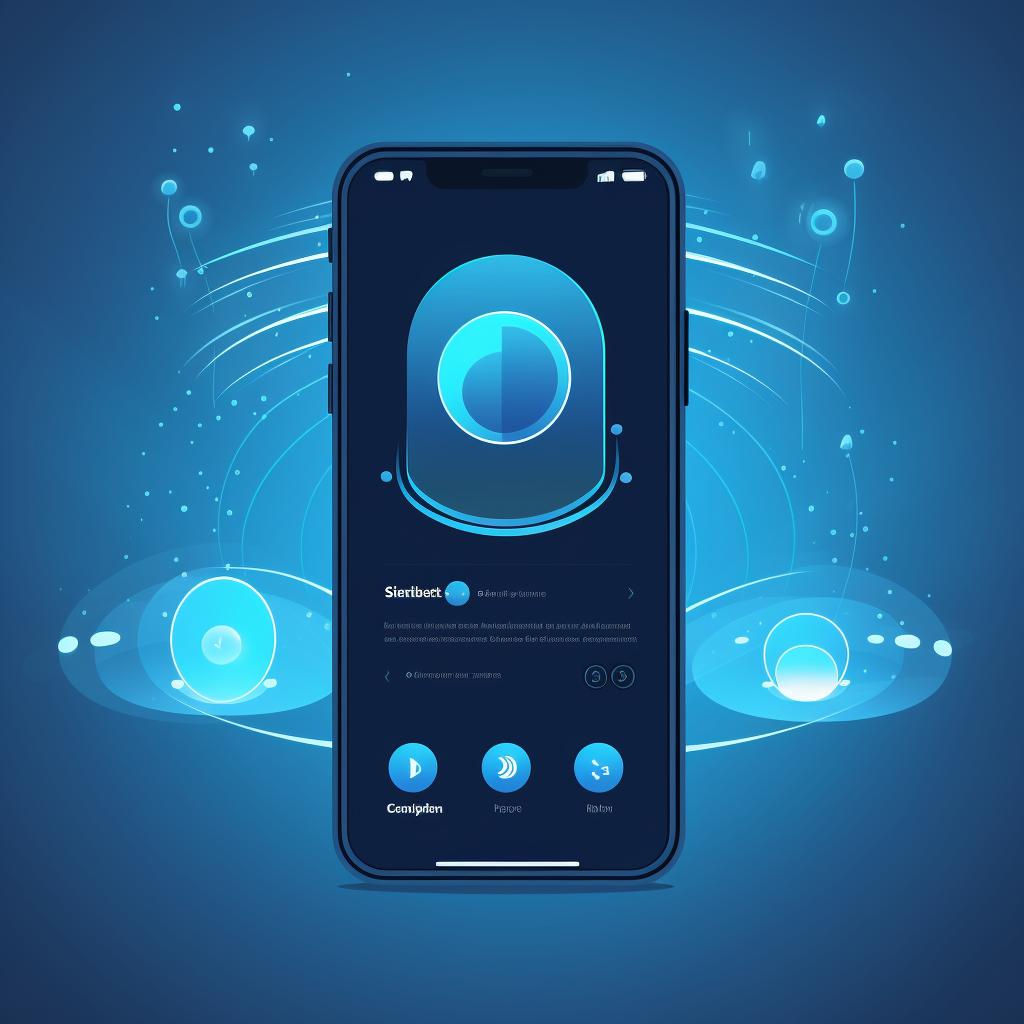Mastering Speech-to-Text: A Step-by-Step Guide
Unlocking the power of your voice has never been easier with the rise of speech-to-text software. This technology is a game-changer, especially for those with disabilities. It's about more than just convenience; it's about empowerment, independence, and accessibility. And at Savy Assist, we're here to guide you every step of the way.
Our step-by-step guide above provides a roadmap to mastering speech-to-text software. But we understand that every individual's needs and preferences are unique. That's why we offer a multitude of resources to help you find the perfect fit. Whether you're looking for the best speech-to-text software for people with disabilities, or recommended speech-to-text software for Windows, we've got you covered.
But the journey doesn't end with choosing the right software. It's also about making the most of it. Our guide above walks you through the process of installing and setting up your chosen software. But did you know that some software can even type directly into Microsoft Word? If this feature interests you, check out our recommendations for software that types directly into Microsoft Word.
Learning the commands is another crucial step. These commands, such as those for punctuation and formatting, can significantly enhance your efficiency and experience. But remember, practice makes perfect. It may take a little time to get used to, but the payoff will be worth it!
Finally, it's time to put your new tool to use. Whether you're drafting an email, writing a report, or even coding, speech-to-text software can make the task easier and more accessible. If you're interested in using this technology for coding, you might find our guide on voice-to-text software for writing code useful.
At Savy Assist, we believe in the power of technology to empower and enable. We're committed to making the digital world more accessible to everyone. So, dive in, explore, and discover the possibilities that speech-to-text software can unlock for you.


















